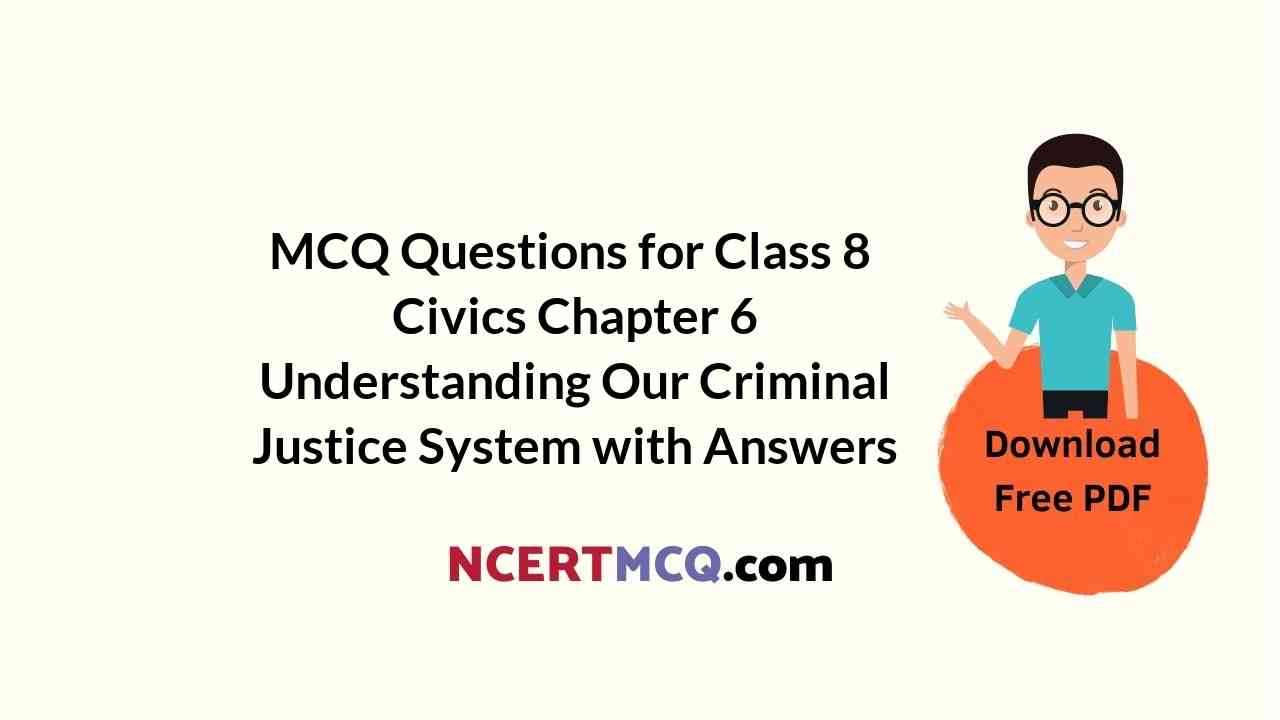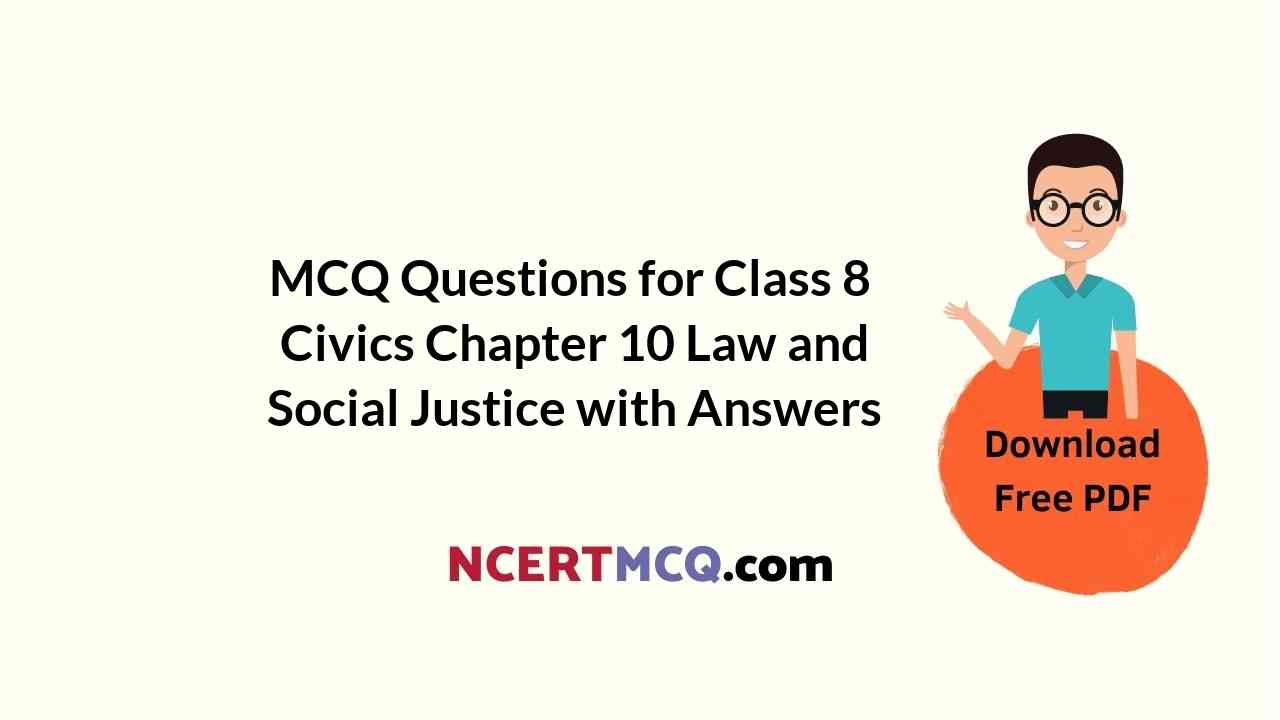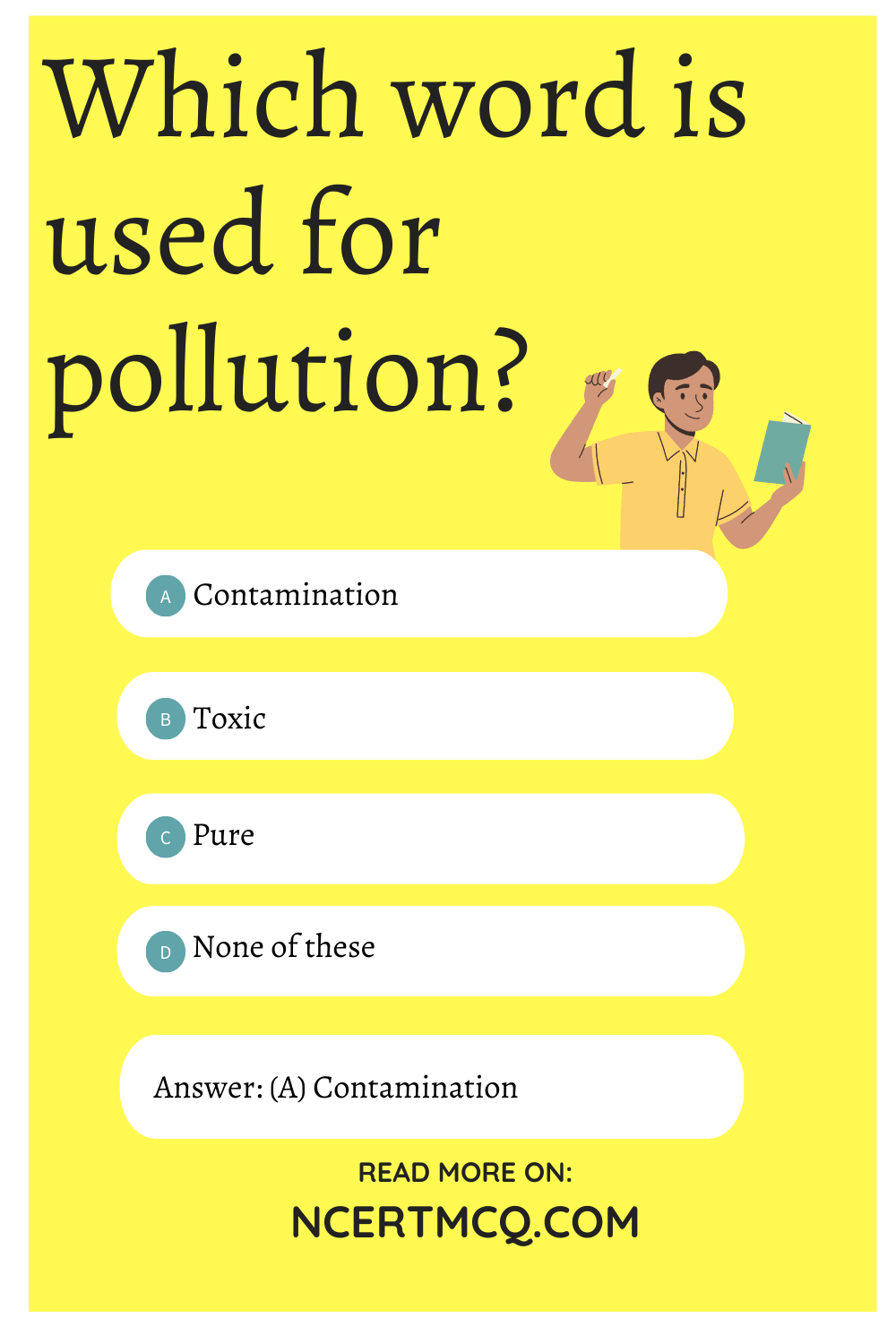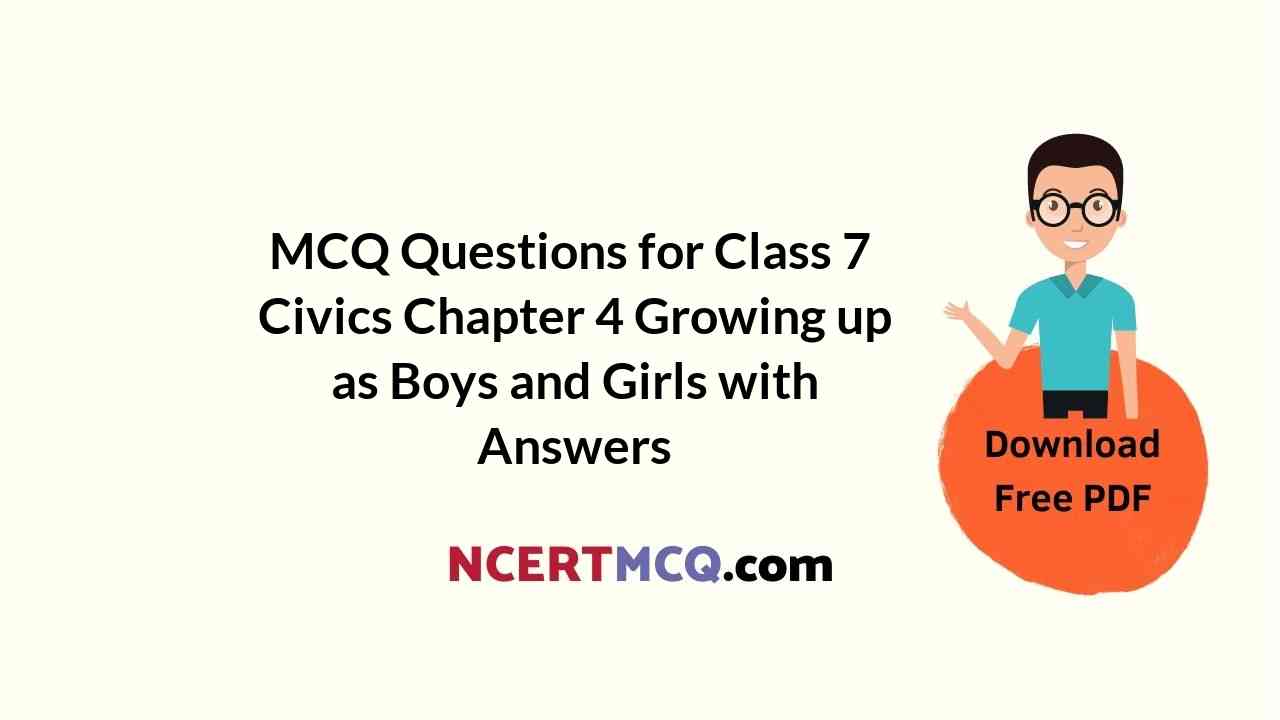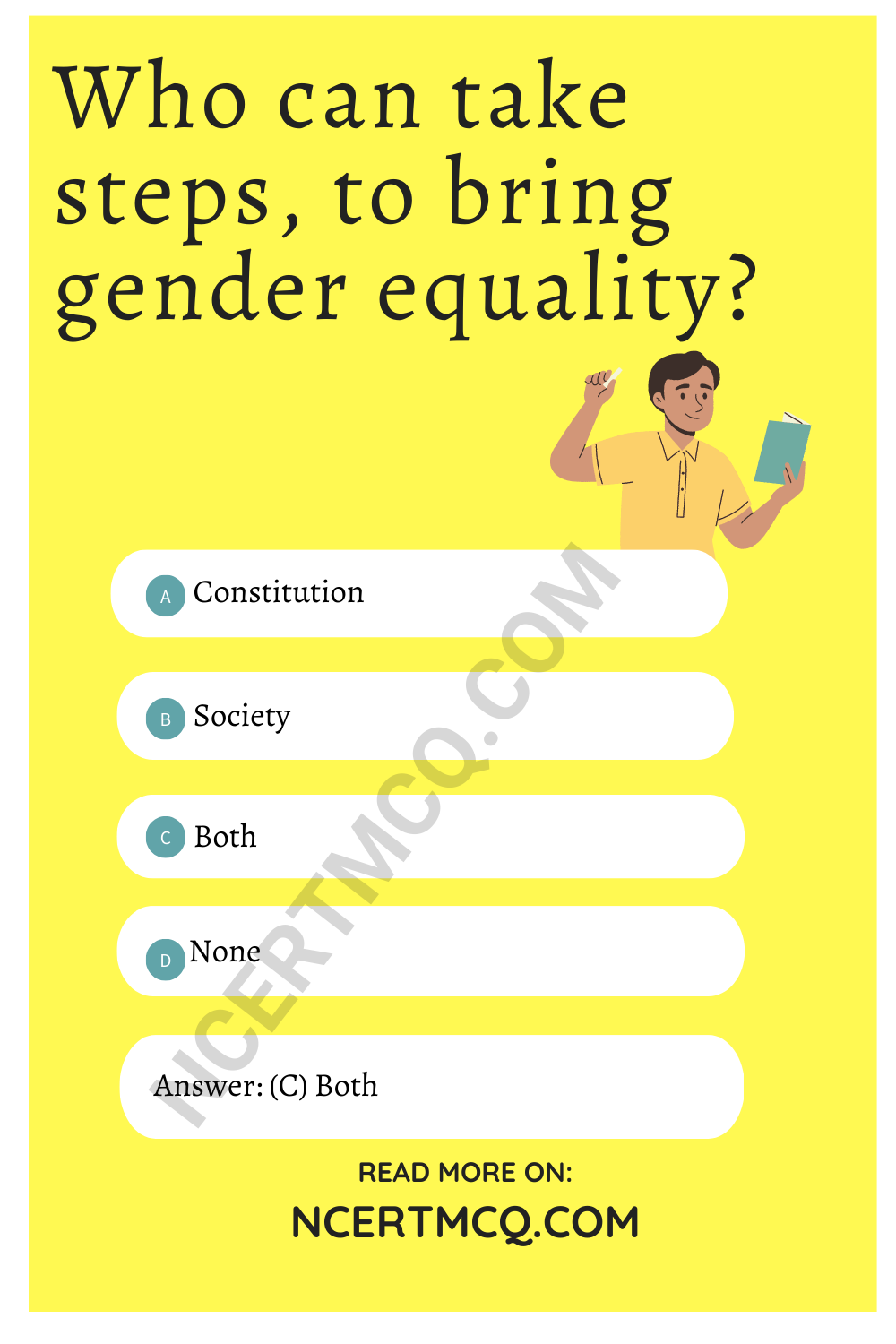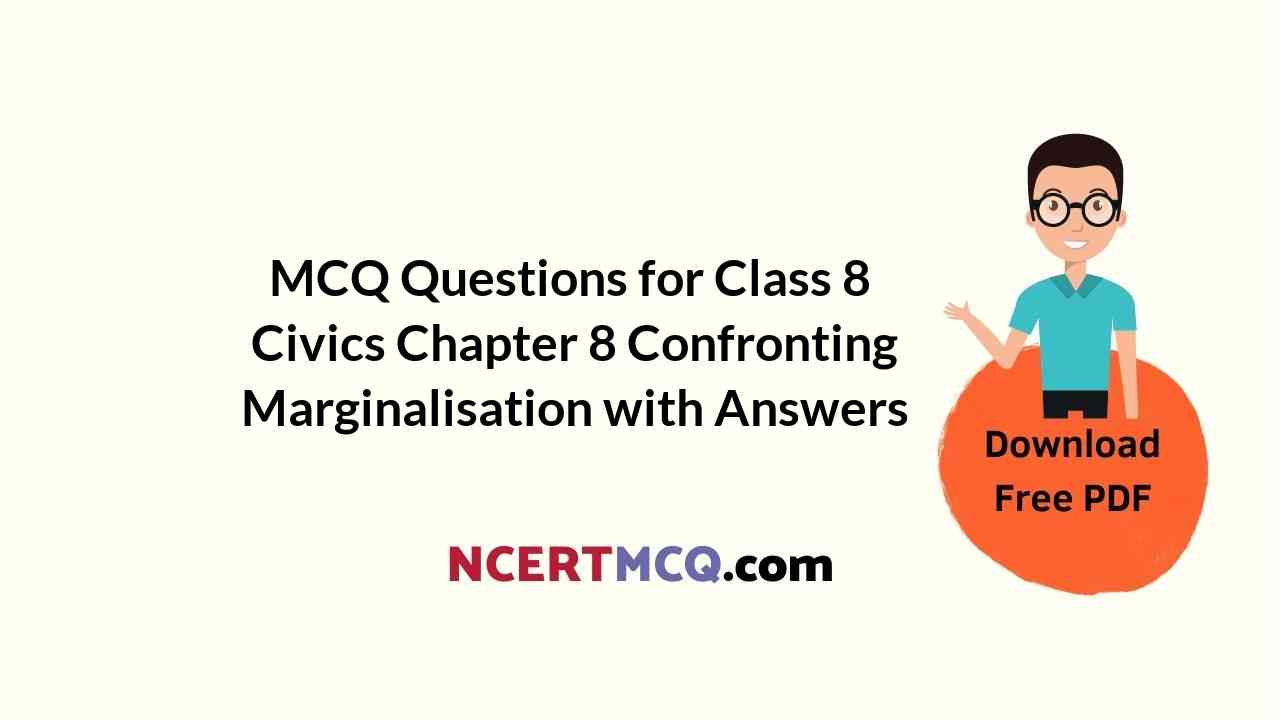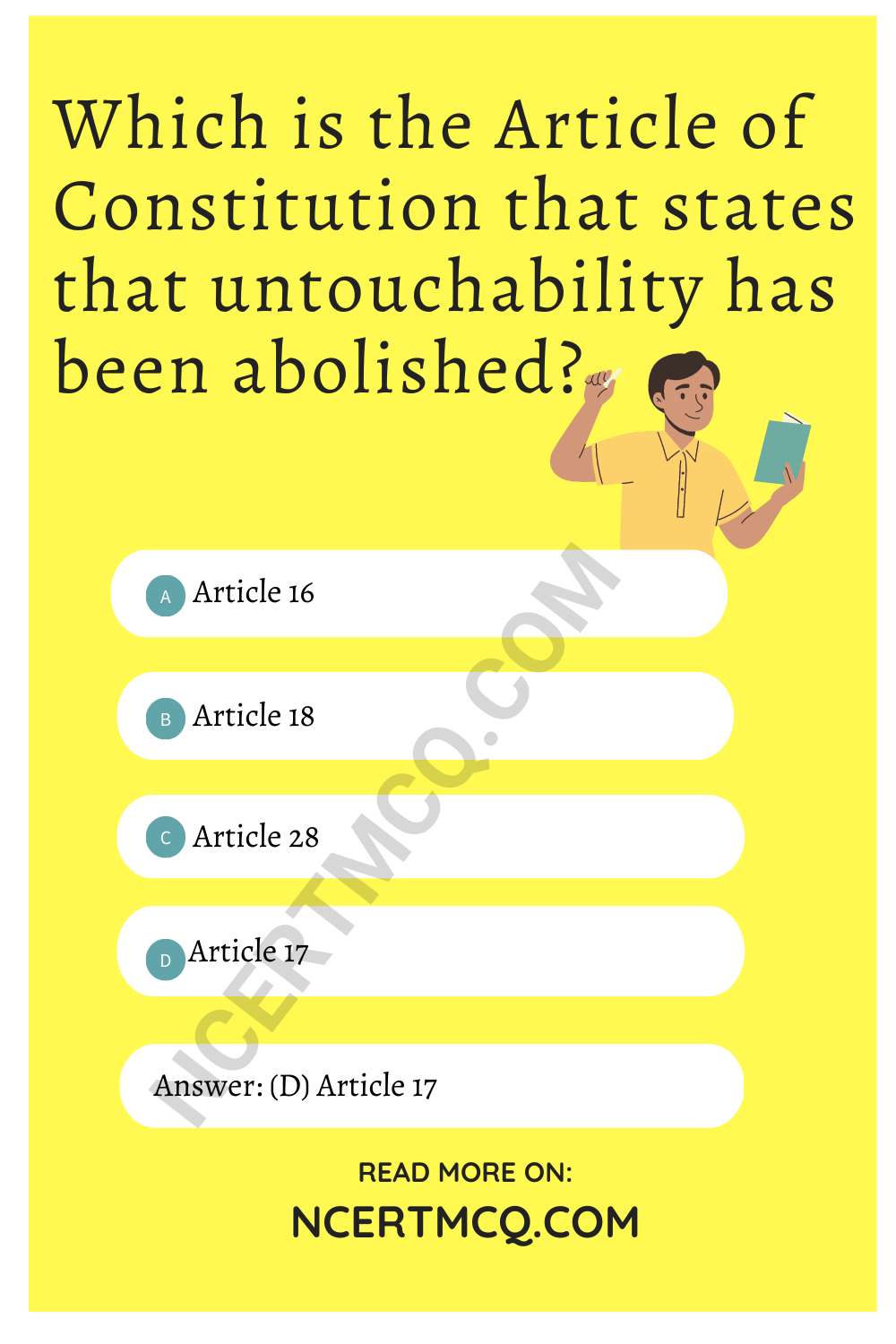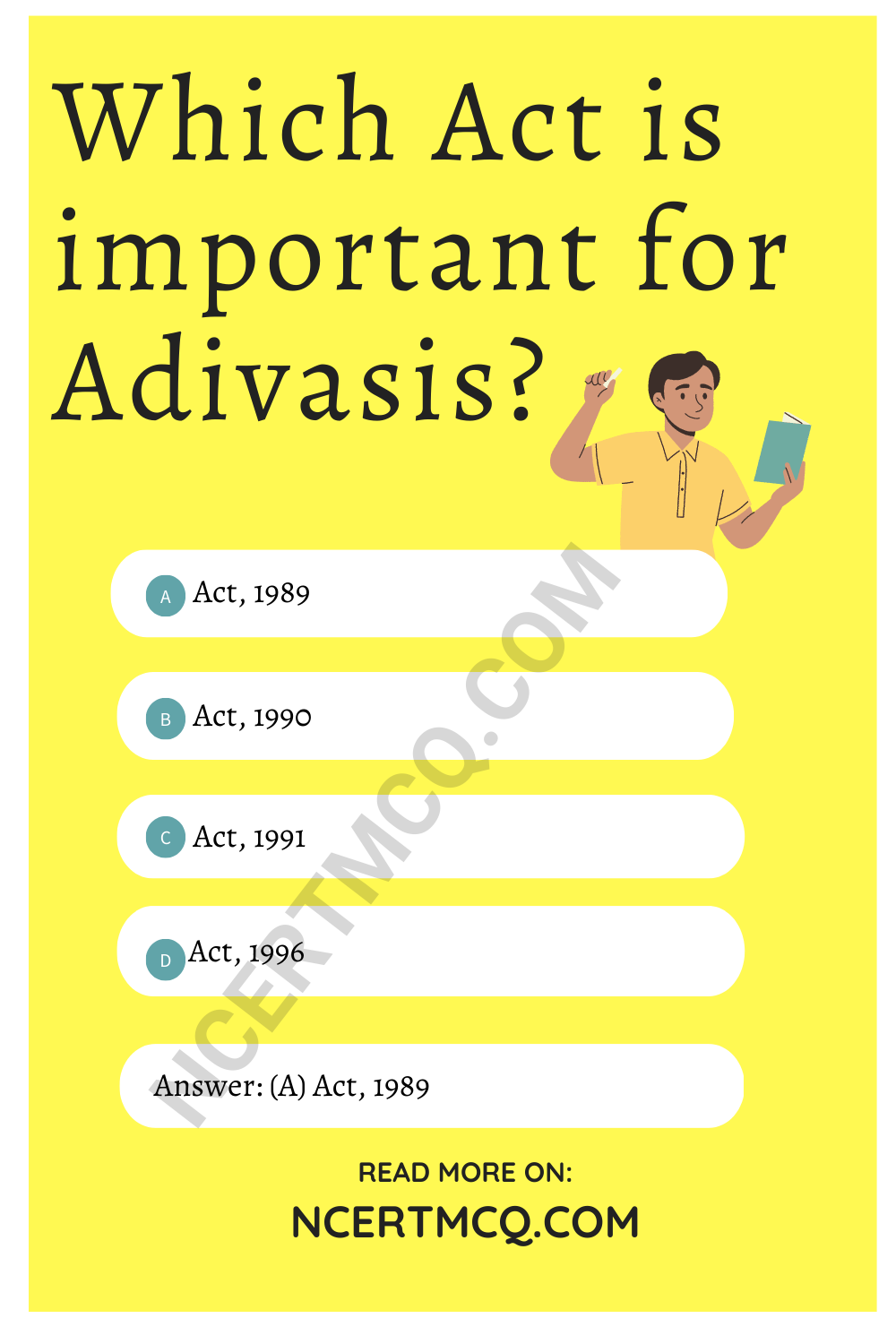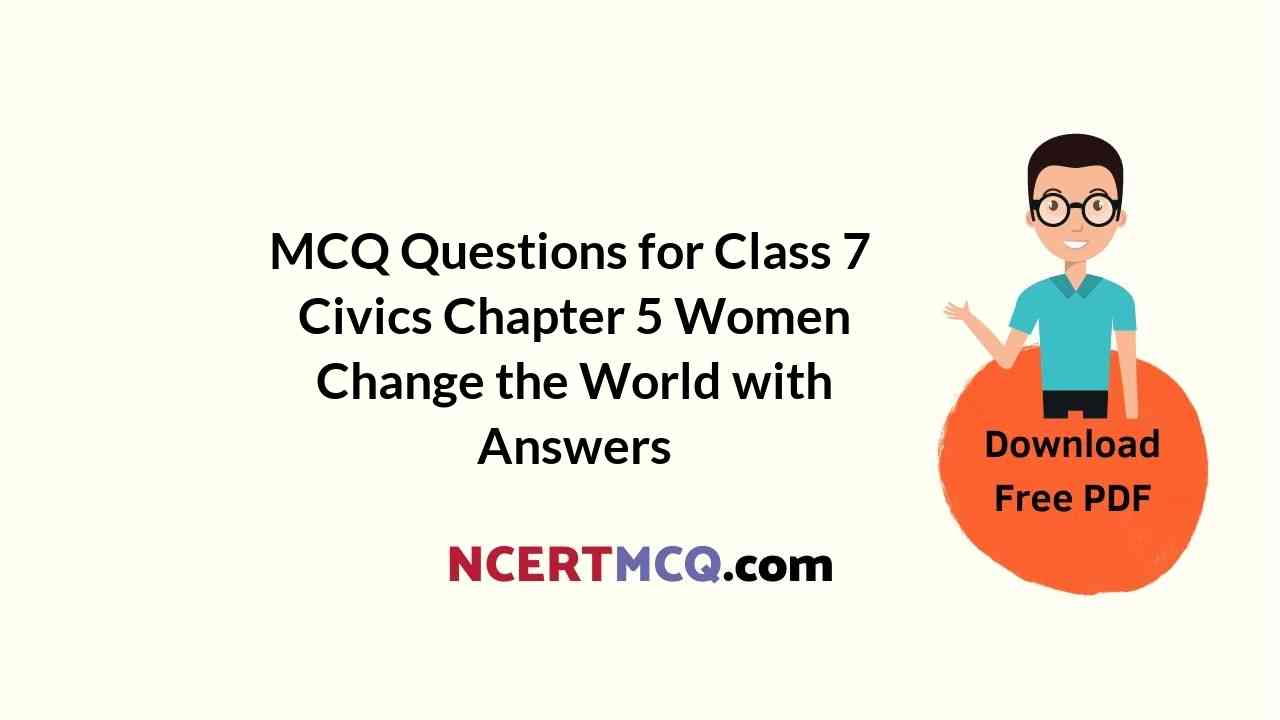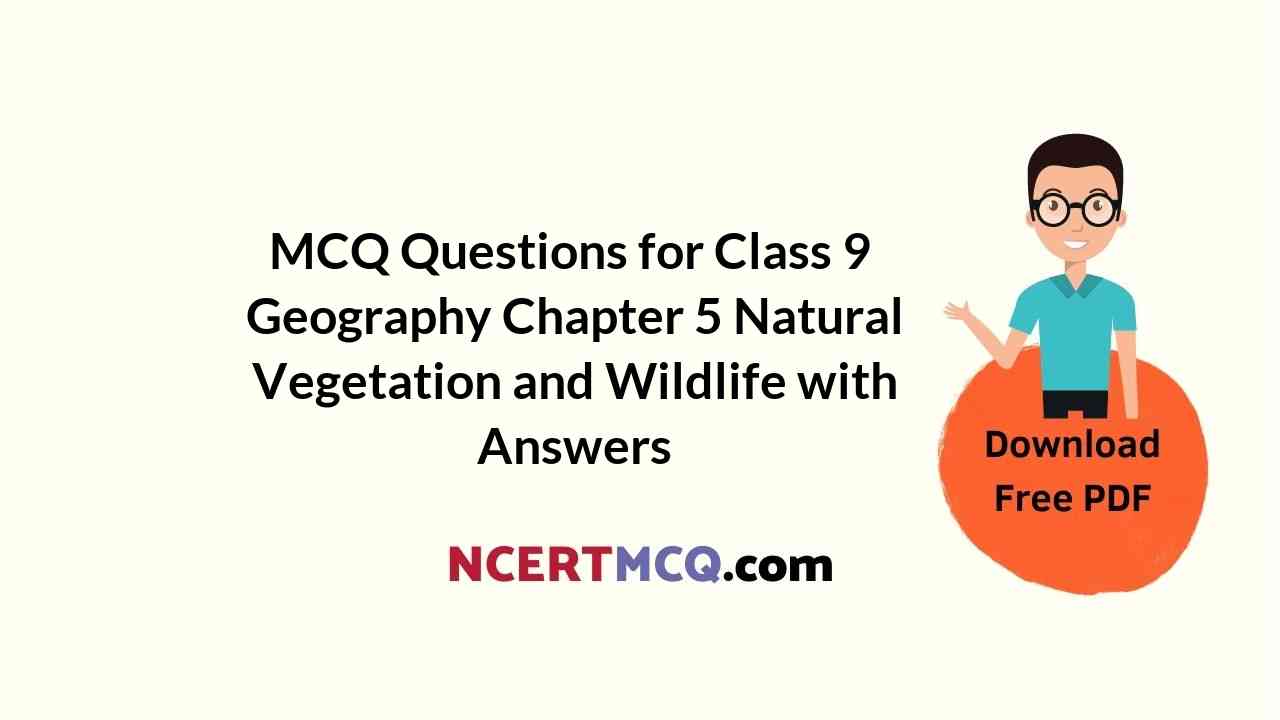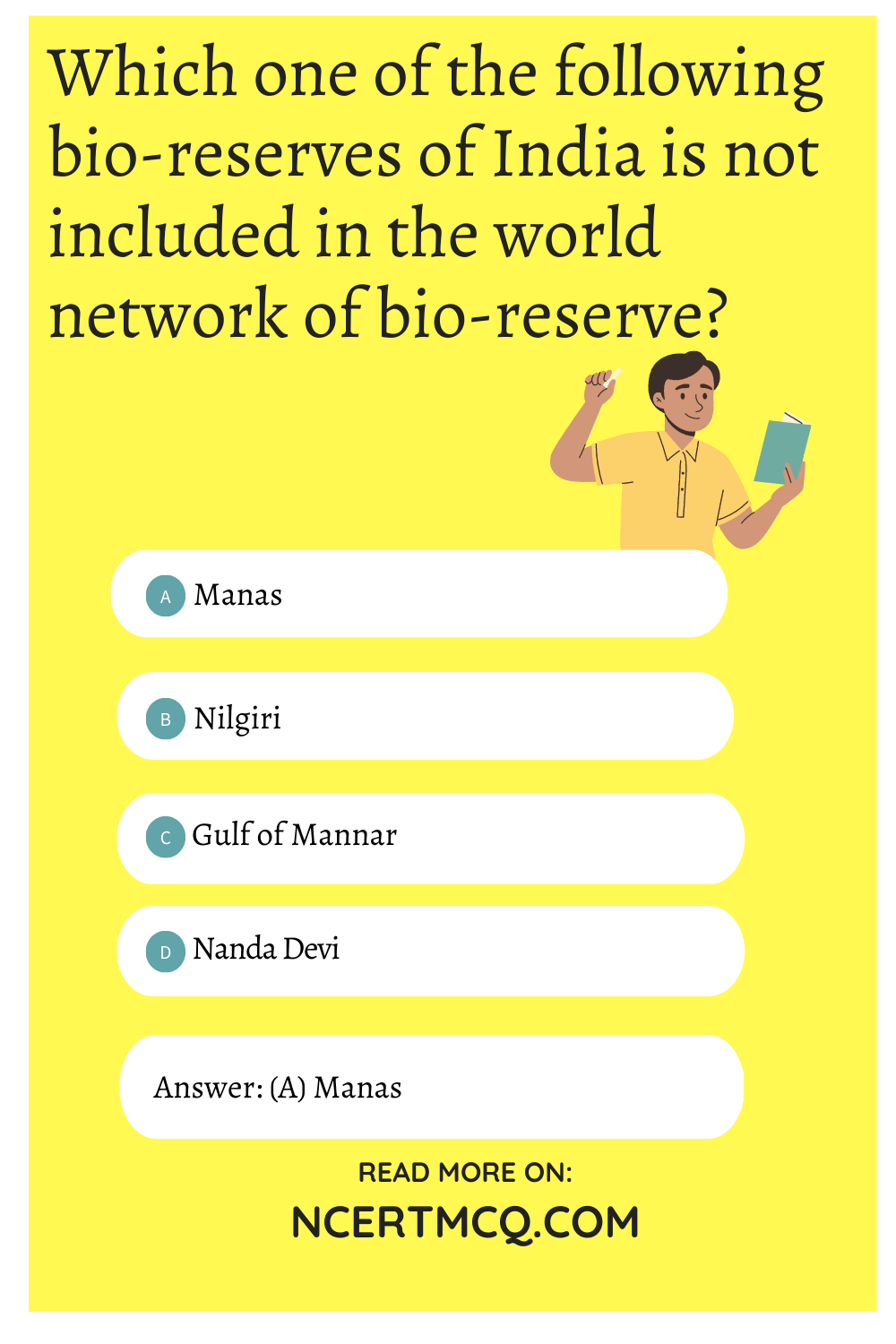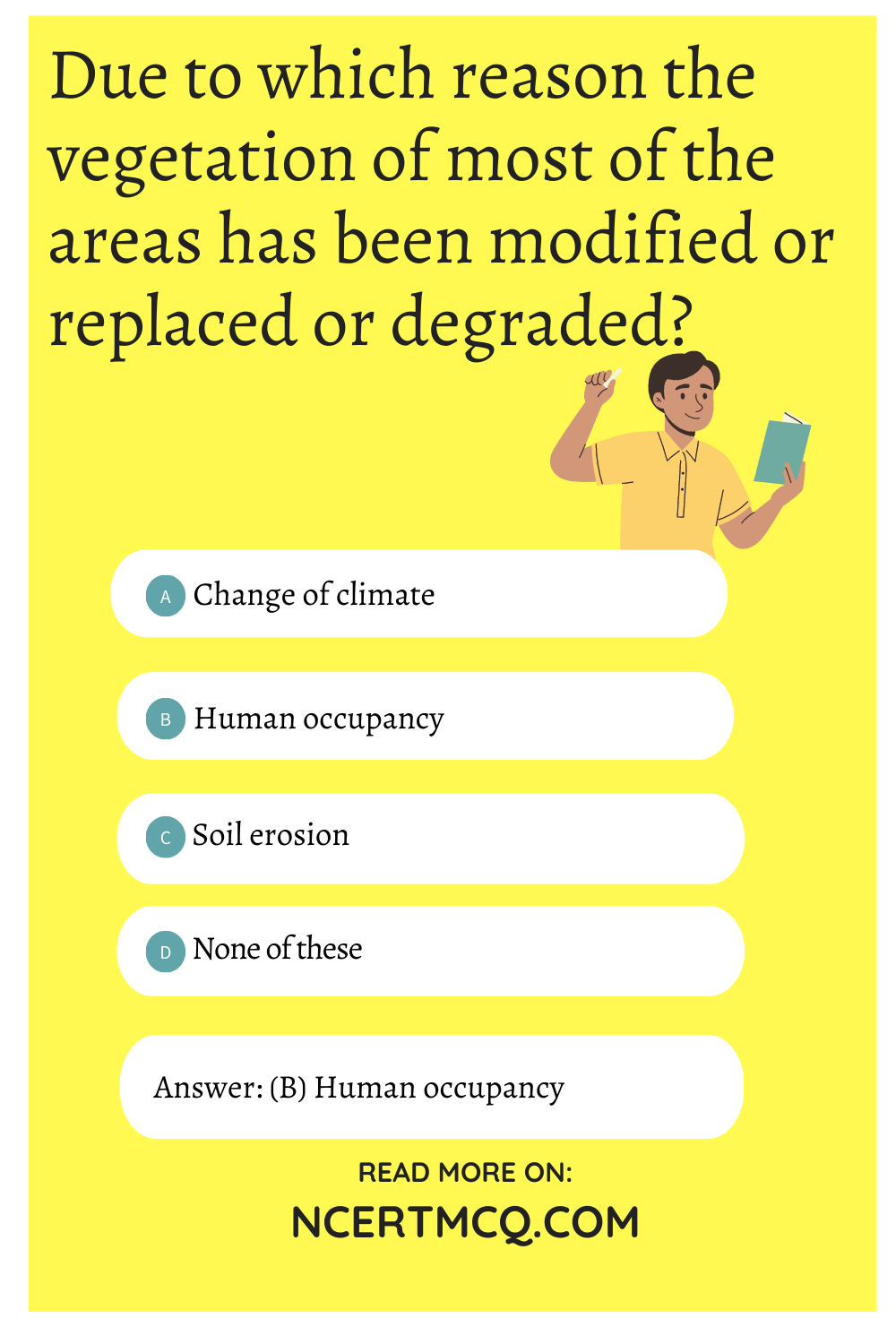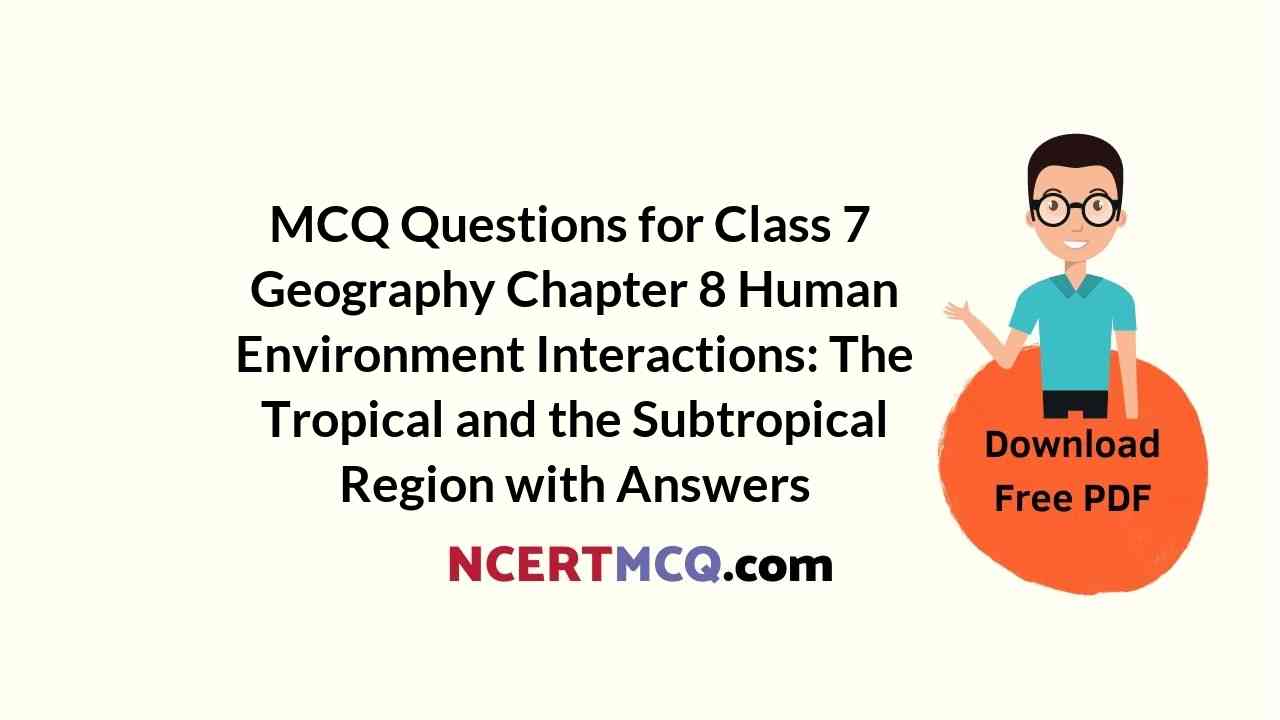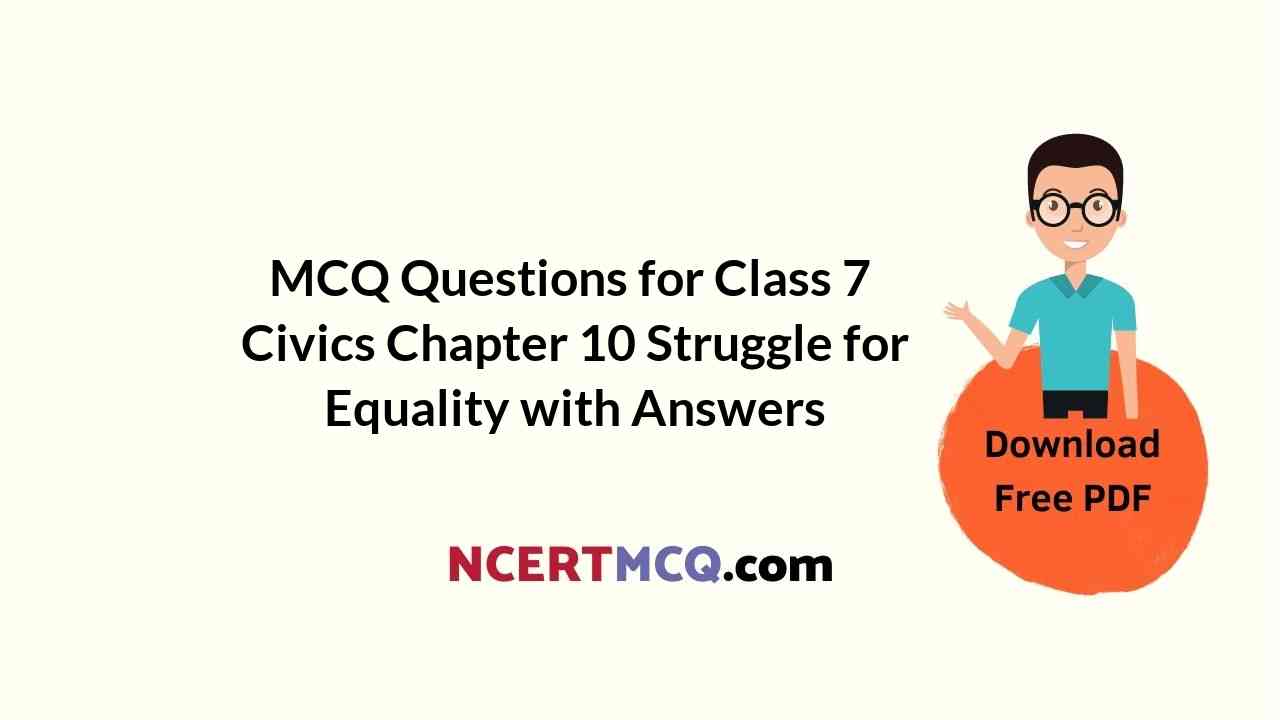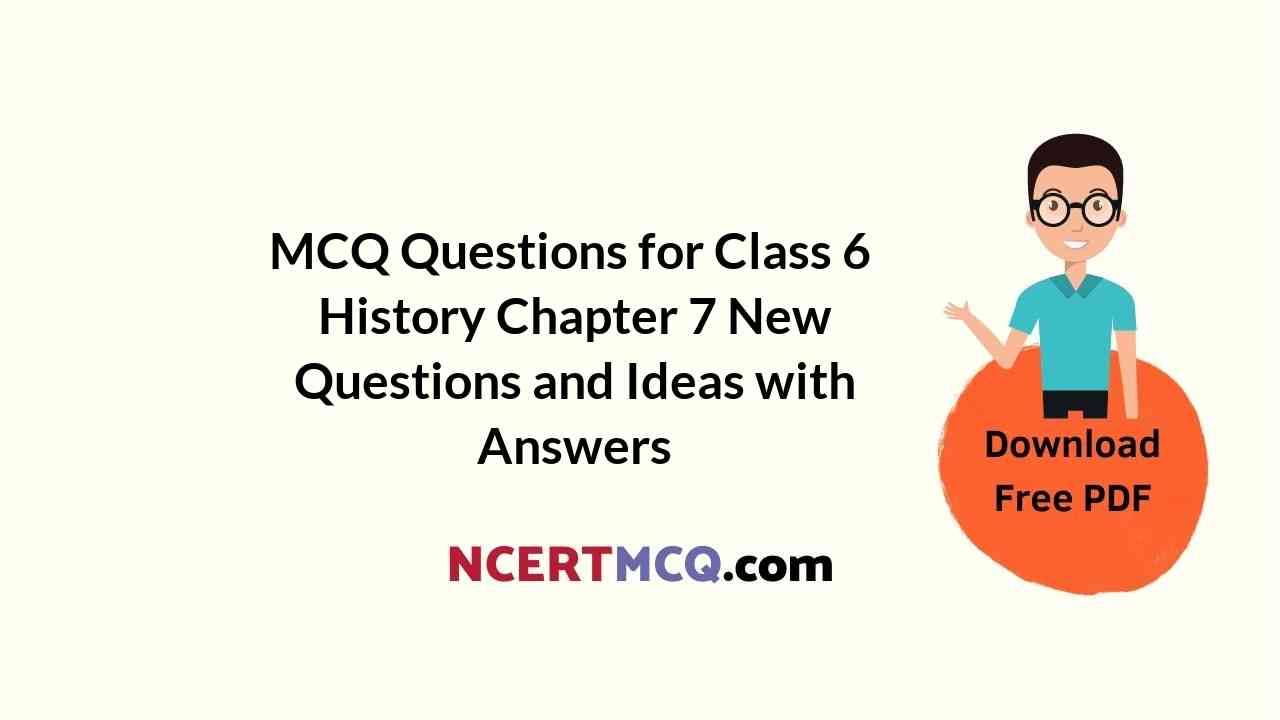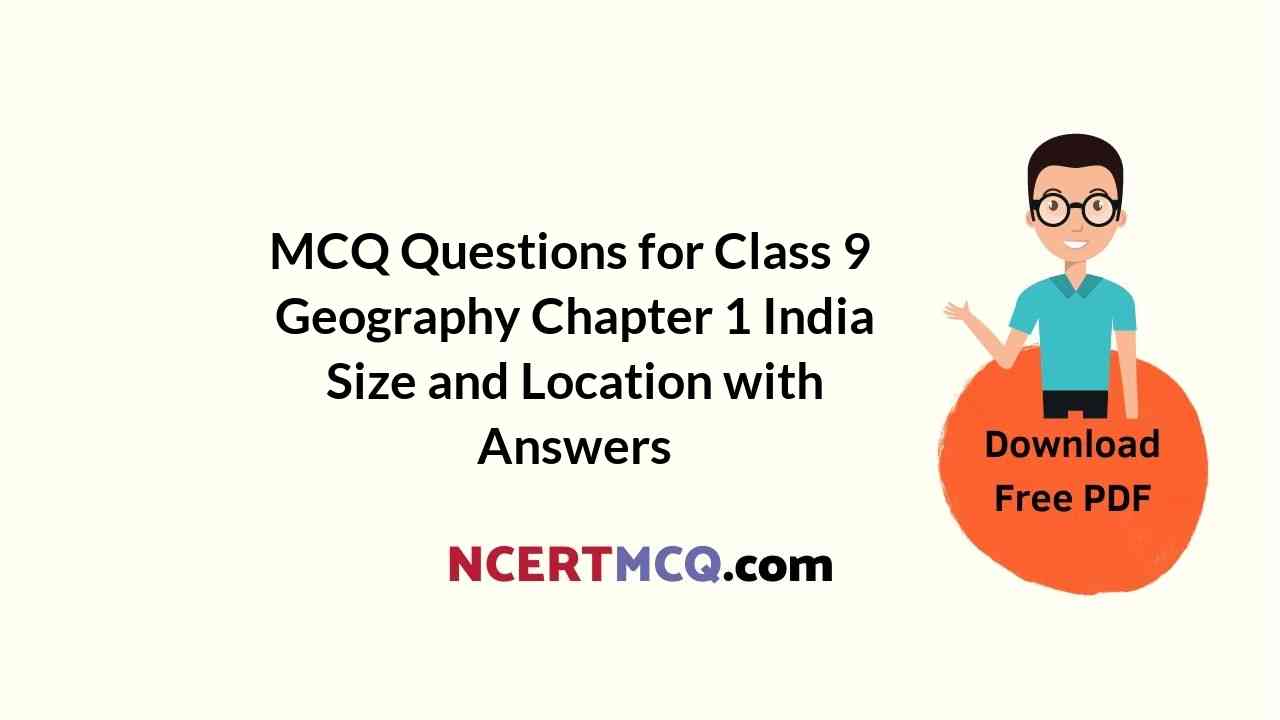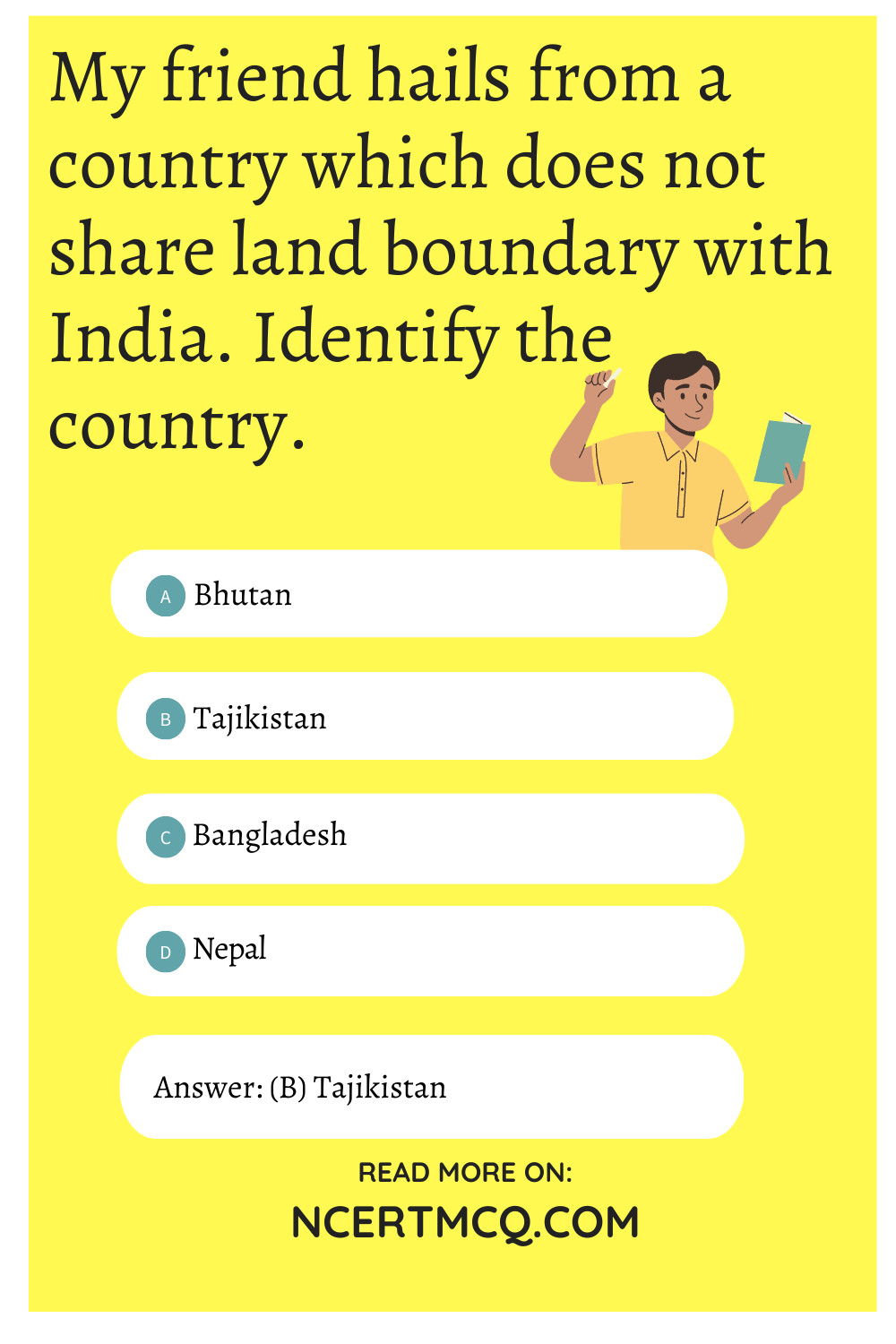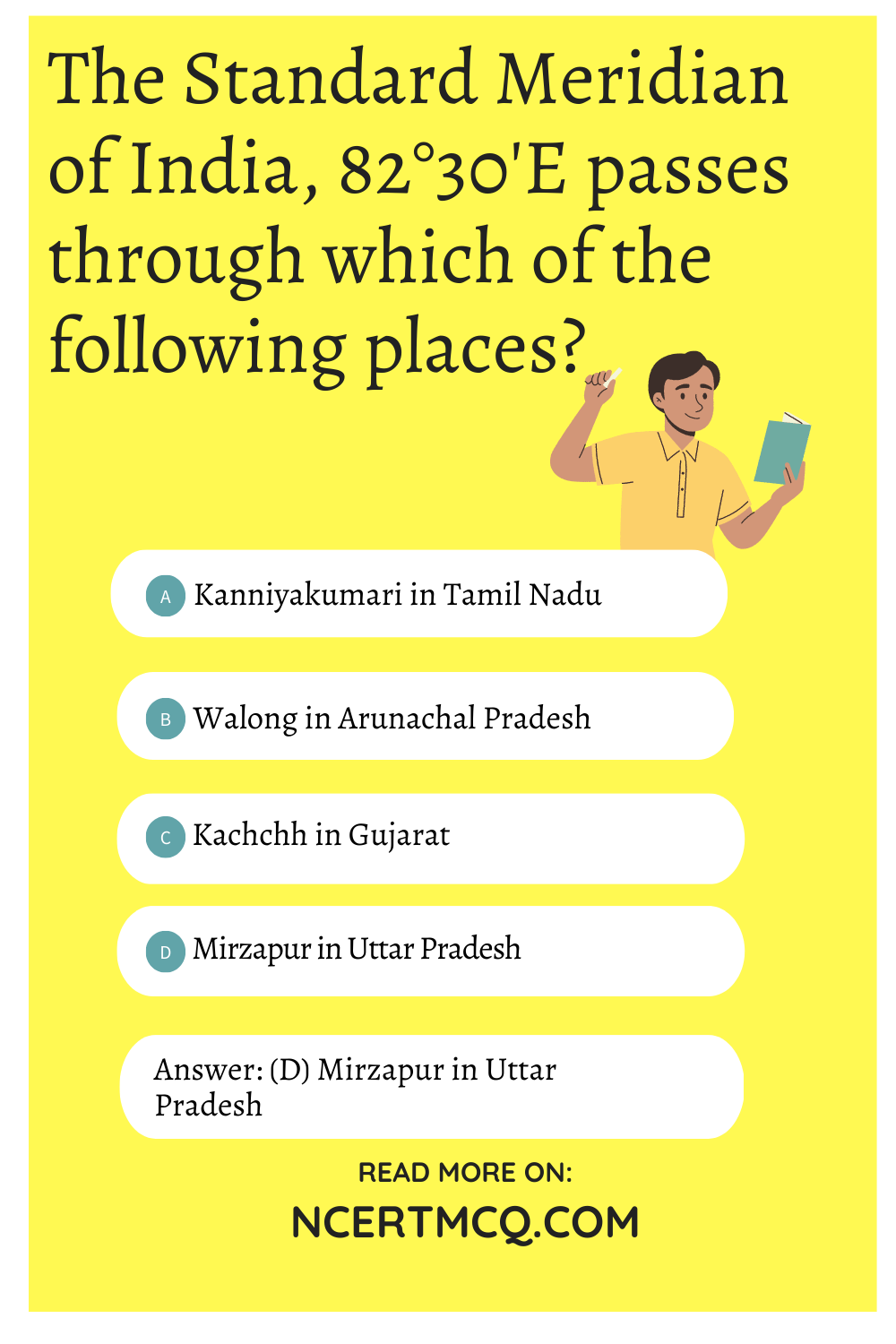Check the below Online Education NCERT MCQ Questions for Class 8 Civics Chapter 6 Understanding Our Criminal Justice System with Answers Pdf free download. MCQ Questions for Class 8 Social Science with Answers were prepared based on the latest exam pattern. We have Provided Understanding Our Criminal Justice System Class 8 Civics MCQs Questions with Answers to help students understand the concept very well. https://ncertmcq.com/mcq-questions-for-class-8-social-science-with-answers/
You can refer to NCERT Solutions for Class 8 Civics Chapter 6 Understanding Our Criminal Justice System to revise the concepts in the syllabus effectively and improve your chances of securing high marks in your board exams.
Class 8 Social Science Civics Chapter 6 MCQ With Answers
Civics Class 8 Chapter 6 MCQs On Understanding Our Criminal Justice System
Choose the correct answer:
Understanding Our Criminal Justice System Class 8 MCQ Question 1.
Which type of advocate who pleads on behalf of the accused person?
(a) Public prosecutor
(b) Defence lawyer
(c) Judge
(d) All of these
Answer
Answer: (b) Defence lawyer
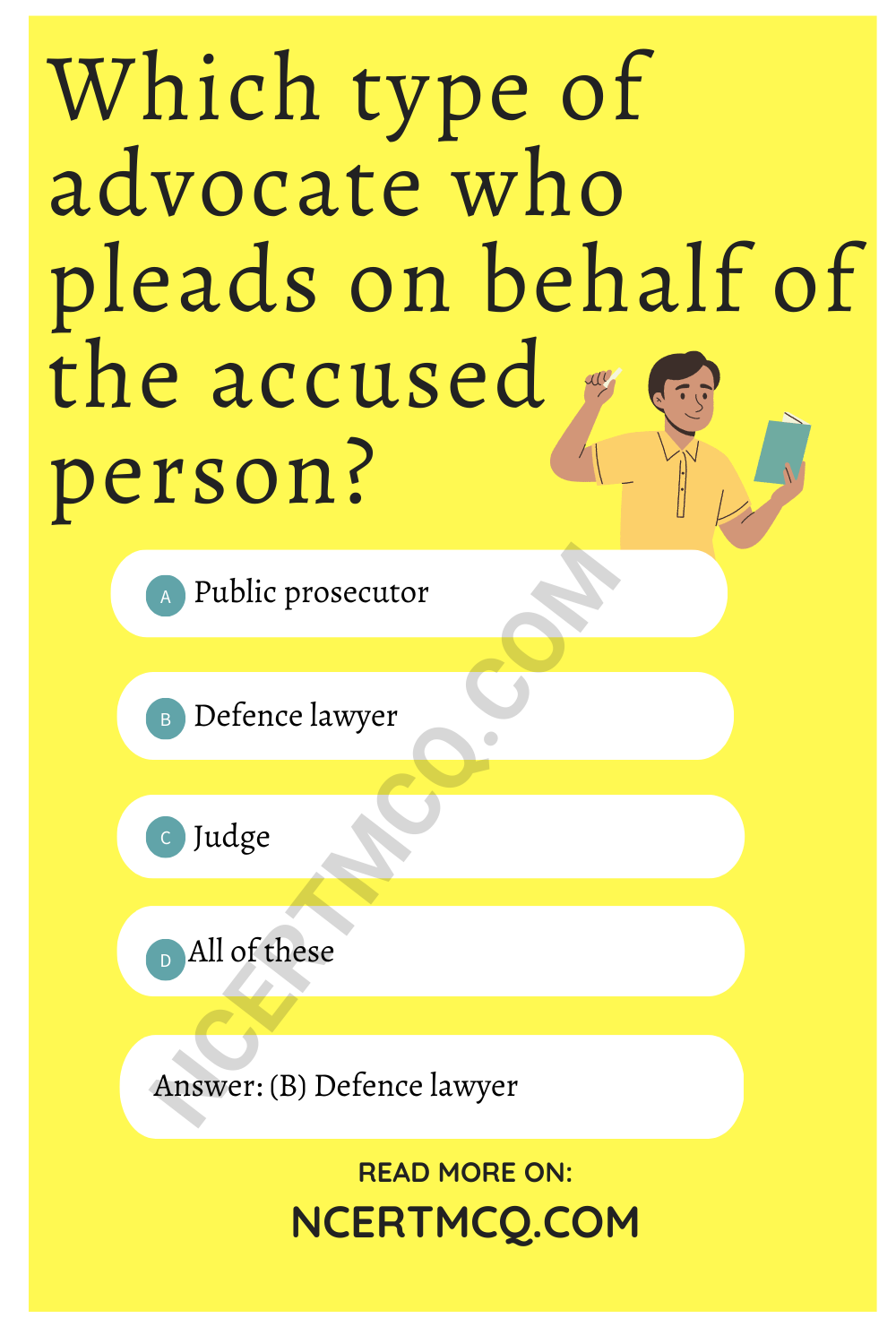
Class 8 Civics Chapter 6 MCQ Question 2.
What term refers to a person who is tried by a court for a crime?
(a) Accused
(b) Lawyer
(c) Detention
(d) Fair trial
Answer
Answer: (a) Accused
MCQ Questions For Class 8 Civics Chapter 6 Question 3.
What refers to any act that the law defines as a crime?
(a) Detention
(b) Offence
(c) Witness
(d) All of these
Answer
Answer: (b) Offence
Understanding Our Criminal Justice System MCQ Question 4.
A person who is called upon in court to provide a first hand account of what he/she has seen, heard or knows?
(a) Criminal
(b) Offence
(c) Witness
(d) None of these
Answer
Answer: (c) Witness
Understanding Criminal Justice System Class 8 MCQ Question 5.
Who register the FIR?
(a) Firemen
(b) Policemen
(c) Lawyer
(d) Public prosecutor
Answer
Answer: (b) Policemen
Class 8 Civics Ch 6 MCQ Question 6.
What is the act of keeping the accused in custody by the police?
(a) Cross-examine
(b) Detention
(c) FIR
(d) All of these
Answer
Answer: (b) Detention
MCQ On Understanding Our Criminal Justice System Question 7.
What is the type of the advocate who pleads the cases on behalf of the government and who has been appointed by the government on permanent basis?
(a) Public prosecutor
(b) Private prosecutor
(c) Deed writer
(d) Typist
Answer
Answer: (a) Public prosecutor
Ch 6 Civics Class 8 MCQ Question 8.
Who decides whether a person is guilty or not?
(a) Advocate
(b) Public prosecutor
(c) Judge
(d) Police
Answer
Answer: (c) Judge
Class 8 Chapter 6 Civics MCQ Question 9.
Article 21 of the Constitution Guarantees-
(a) Right to Speech
(b) Right to life
(c) Right to freedom
(d) None of the above
Answer
Answer: (b) Right to life
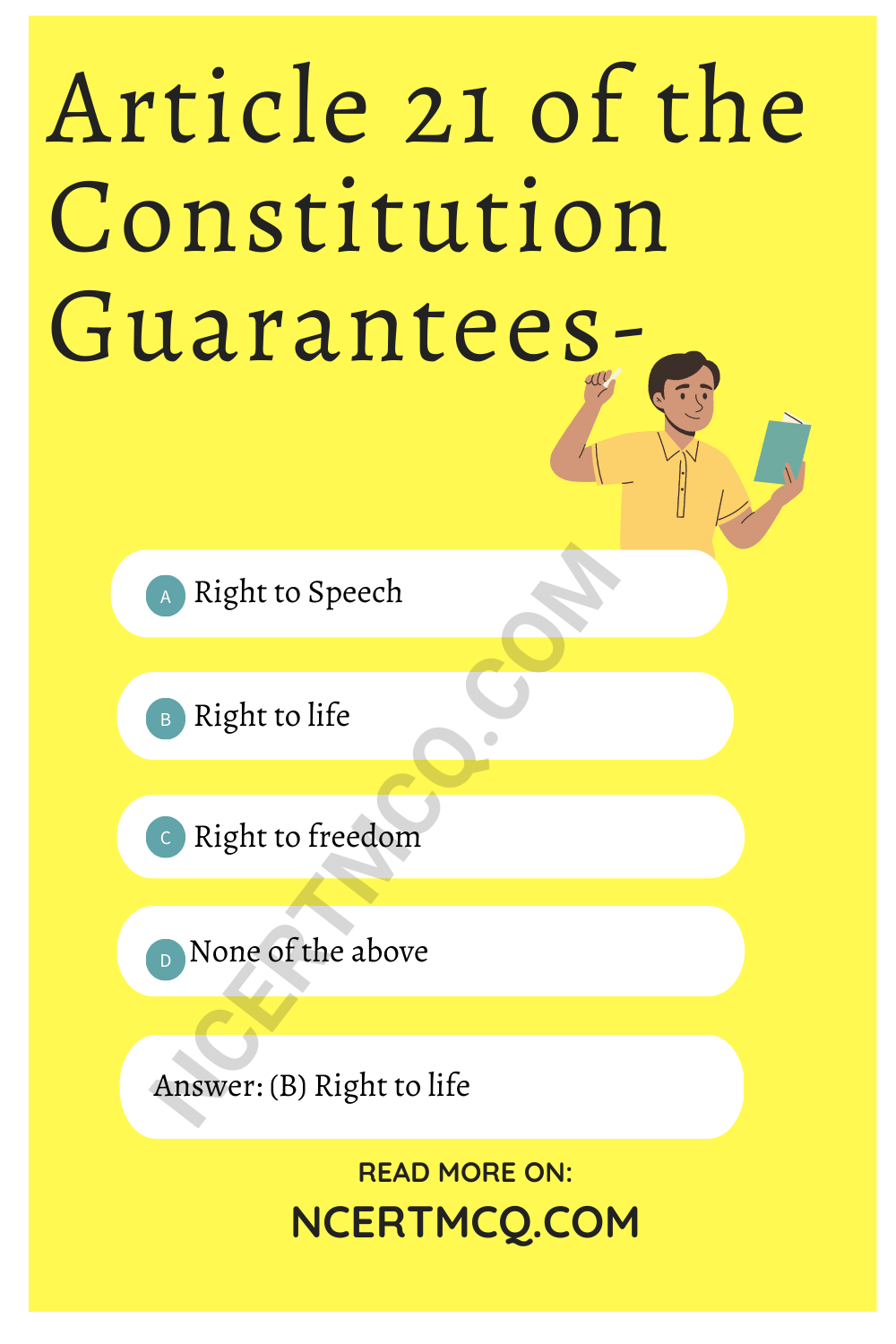
Match the following:
| Column A | Column B |
| (a) FIR | (i) Questioning to a Witness or Accused |
| (b) Cross-examining | (ii) Rule |
| (c) Law | (iii) Arrest the Criminals |
| (d) Police | (iv) Right to Information |
| (e) Fundamental Right | (v) First Information Report |
Answer
Answer:
| Column A | Column B |
| (a) FIR | (v) First Information Report |
| (b) Cross-examining | (i) Questioning to a Witness or Accused |
| (c) Law | (ii) Rule |
| (d) Police | (iii) Arrest the Criminals |
| (e) Fundamental Right | (iv) Right to Information |
State whether true or false:
1. Fair trial is the procedure which has been set and followed for the cases to be tried in the courts fairly.
Answer
Answer: True
2. Rajeev Gandhi was a judge of Supreme Court.
Answer
Answer: False
3. Detention is the act of keeping the accused in custody by the police.
Answer
Answer: True
4. Judge pronounces the sentence.
Answer
Answer: True
5. An advocate may send a criminal to jail.
Answer
Answer: False
Fill in the blanks:
1. Accused is a person who is tried by a ………………. for a crime.
Answer
Answer: Court
2. Offence is a ………………. activity.
Answer
Answer: illegal
3. A fair trial is ensured by the Article ………………. of the Constitution.
Answer
Answer: 21
4. ………………. is Station Head Officer.
Answer
Answer: SHO
We hope the given NCERT MCQ Questions for Class 8 Civics Chapter 6 Understanding Our Criminal Justice System with Answers Pdf free download will help you. If you have any queries regarding Understanding Our Criminal Justice System CBSE Class 8 Civics MCQs Multiple Choice Questions with Answers, drop a comment below and we will get back to you soon.
Class 8 Social Science Civics MCQ:
- The Indian Constitution Class 8 MCQ
- Understanding Secularism Class 8 MCQ
- Why Do We Need a Parliament Class 8 MCQ
- Understanding Laws Class 8 MCQ
- Judiciary Class 8 MCQ
- Understanding Our Criminal Justice System Class 8 MCQ
- Understanding Marginalisation Class 8 MCQ
- Confronting Marginalisation Class 8 MCQ
- Public Facilities Class 8 MCQ
- Law and Social Justice Class 8 MCQ
